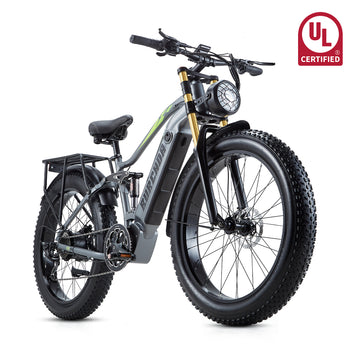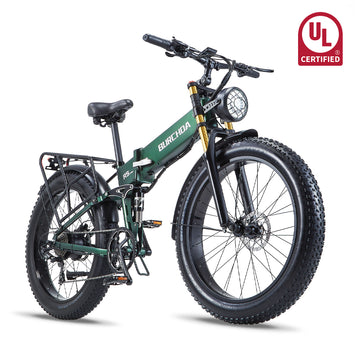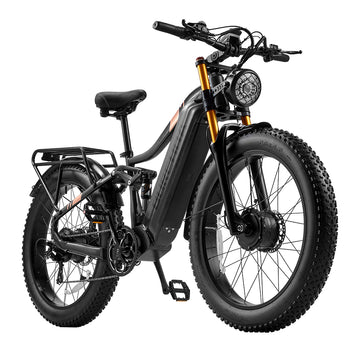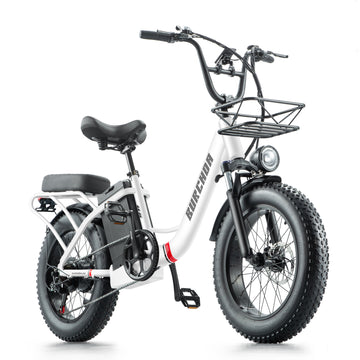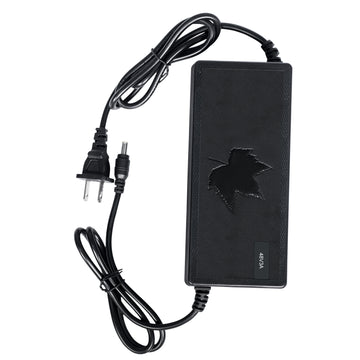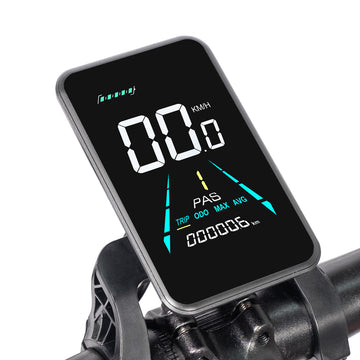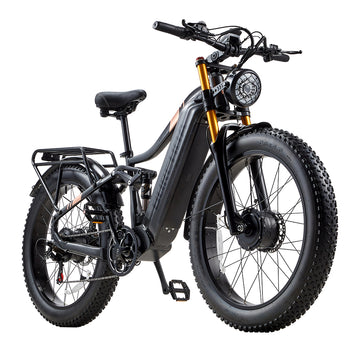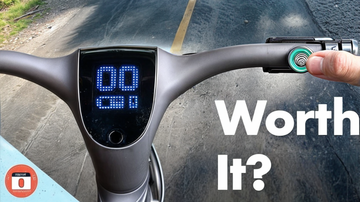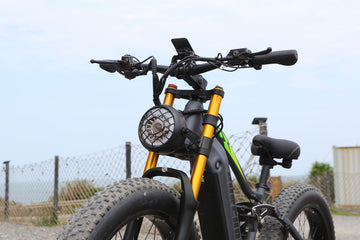Electric bikes, also known as e-bikes, have become increasingly popular as an efficient and eco-friendly mode of transportation. With the growing demand for e-bikes, there are now various types available in the market. In this article, we'll explore the three main classes of e-bikes.
Class 1 e-bikes, also known as pedal-assist e-bikes, provide assistance only when the rider is pedaling. The motor is designed to provide a boost that helps the rider maintain a consistent speed, making it easier to ride up hills or over long distances. Class 1 e-bikes are limited to a top speed of 20 mph, making them legal to ride on bike paths and other areas where traditional bicycles are permitted.
Class 2 e-bikes are similar to Class 1 e-bikes, but they also have a throttle that allows the rider to control the motor without pedaling. This means that the rider can simply twist the throttle to accelerate, without having to pedal. Class 2 e-bikes are also limited to a top speed of 20 mph and are legal to ride on bike paths and other areas where traditional bicycles are permitted.
Class 3 e-bikes, also known as speed pedelecs, are designed for higher speeds of up to 28 mph. They are equipped with a pedal-assist system that provides a boost when the rider is pedaling, but the motor is more powerful than those found on Class 1 and Class 2 e-bikes. Class 3 e-bikes are often used for commuting and can make it easier for riders to keep up with traffic. In some states and countries, Class 3 e-bikes may require a license and are not allowed on bike paths.
It's important to note that laws and regulations regarding e-bikes can vary depending on the state or country. It's essential to research local laws and regulations before purchasing and using an e-bike.
In summary, the three classes of e-bikes are Class 1 pedal-assist e-bikes, Class 2 e-bikes with a throttle, and Class 3 speed pedelecs. Each class has its own unique features and limitations, and it's important to consider your needs and local laws before purchasing an e-bike.
